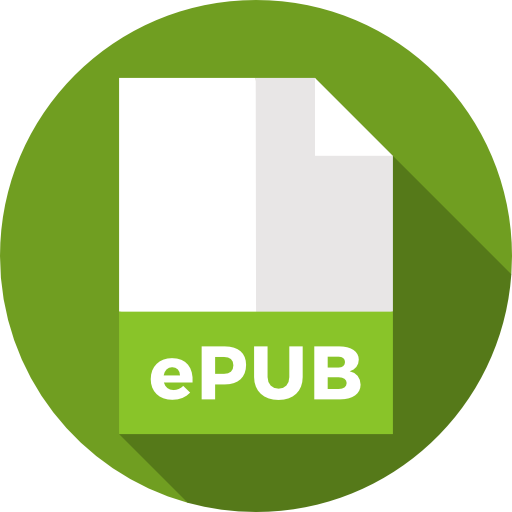
An International Publisher for Academic and Scientific Journals
Author Login
Scholars Journal of Applied Medical Sciences | Volume-13 | Issue-07
Risk Factors of Status Epilepticus in Children Admitted in a Tertiary Care Hospital
Dr. Md Azizul Islam, Wahida Khanam, Dr. Sharmin Sultana,Dr. Sharif Md. Abdullah, Dr. Khaleda Zaman, Dr. Md. Mozzamal Hossain, Dr. Shamim Raza
Published: July 30, 2025 |
101
86
Pages: 1518-1526
Downloads
Abstract
Background: Background: Status epilepticus (SE) is the most common childhood medical neurological emergency. There are many acute illnesses and conditions that might be either the direct cause or the precipitator of status epilepticus. Objective of the study was to assess the risk factors of status epilepticus in children. Methods: This cross-sectional study was conducted at the Department of Paediatrics, Institute of Child and Mother Health, from July 2021 to June 2022 following approval from IRB. A total of 115 children admitted with SE were enrolled in this study. After taking informed written consent from legal guardian, a detailed history was taken and thorough clinical examination and necessary investigations were carried out in each case. Data were collected by a semi-structured questionnaire and analyzed by SPSS 24.0. Results: Mean age of the study children was 4.26±2.90 years, male predominance (53.9%) was found. Family history of febrile seizure and epilepsy was found in 15.7% and 13.9% respectively. Generalized seizure found in 90.4% children. First episode of seizure presenting as status was found in about 68.7% of children. Regarding the causes of status epilepticus, acute symptomatic etiology was seen in 70.4% children, 20% had remote symptomatic (epilepsy) and causes were unidentified in 9.6% respondents. Febrile convulsion was seen in 41.7% and neuro-infection such as meningitis in 22.6% encephalitis in 7%, these were the common acute symptomatic causes. EEG abnormality was observed in 92% of study children, among them leading abnormal finding was focal epileptogenic area in 39.1%. In 31.7% respondents, CSF abnormality was seen. CT/MRI brain findings were abnormal in 55.6% and encephalitis was common abnormal finding in neuroimaging. Conclusion: Febrile convulsion was the most common risk factors significantly associated with younger age group followed by meningitis and epilepsy which were significantly occurred with older age group.


